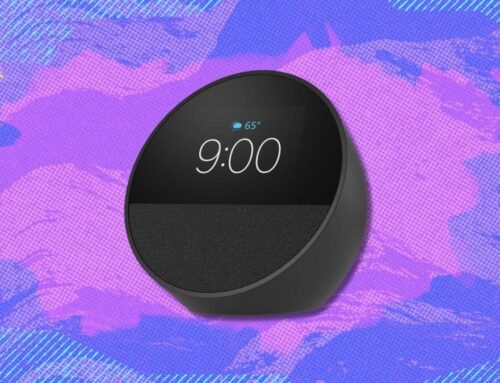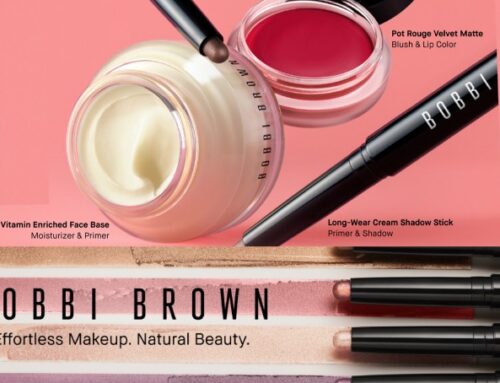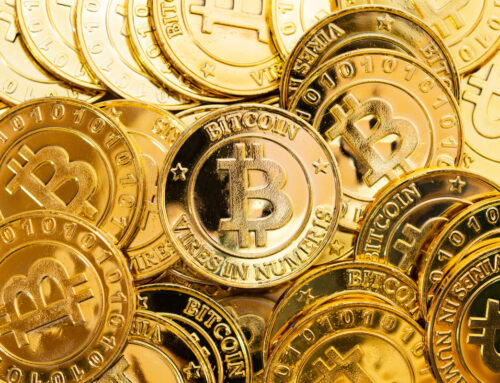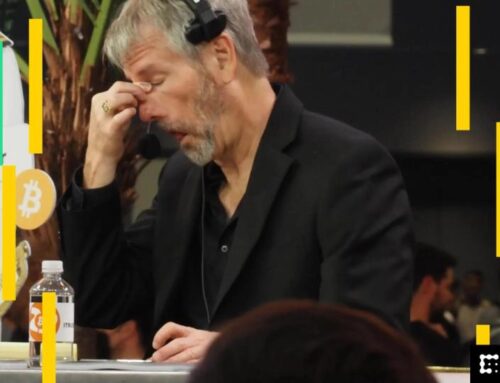Analyzing Cannabis DNA: Interview with Anna Schwabe, PhD
May 22, 2025
In our Women in Grow: Leadership in Cannabis Genetics and Cultivation supplement, Cannabis Science and Technology interviewed researcher and educator Anna Schwabe, PhD, Associate Lecture Professor at the University of Colorado and Chief Operating Officer of CannaGen, an online cannabis genetic marketplace for licensed breeders, nurseries, and cultivators.
In this video clip, Dr. Schwabe shares details from various studies comparing cannabis DNA from various sample of strains and the impact in the industry. One study aimed to see if the different genetics each smelled different.
Check out our interactive supplement to read the full expert interviews, including an interview with hemp specialist Daniela Vergara, PhD.
Transcription
Sebastian Krawiec, Managing Editor of Cannabis Science and Technology: What did you find once you started exploring the DNA of the cannabis plant?
Anna Schwabe: So that’s a really good question. I started with the “is Blue Dream, Blue Dream everywhere you go?” question. And that led into another project, which led into another project, and it all just like snowballed. But is Blue Dream Blue Dream, no matter where you purchase it? I got in my car, drove around multiple states – there were three states that I covered – buying at dispensaries. I didn’t tell them who I was, I didn’t tell them I’m a researcher, I didn’t tell them I’m going to be doing genetic testing on your consumable cannabis flower that I’m purchasing, and I ended up with 122 samples that spanned 30 different strains. Some strains had nine or 10 samples, other strains just had two. But really, the question that I was asking is, “are they identical? Are they genetically identical or highly similar genetically within strains?” So, if I have eight samples of Blue Dream from different places, do they all look the same genetically? And the answer generally is no. Blue Dream was one of the better ones. There were, I think, seven that were genetically pretty much identical, but there was one that was completely different. And that was true for 27 of the 30 strains that I had. The three that were genetically cohesive, there was only two or three samples in those three strains. So if you expanded that out, I would assume that we’d find things that didn’t belong. It was really just “one of these things is not like the other,” and sometimes they were all different from each other. It just depended on the strength, like Girl Scout Cookies was all over the place.
After I did that, I had an undergraduate student approached me, and he was a double major chemistry and biology. He was working in the chemistry lab on THC and CBD, but he also wanted to do some biology stuff, some genetic stuff. So I devised a project for him where we had a bunch of samples that didn’t go into that genetic identity study. And I was like, well, let’s just see what we’ve got, because we’ve got some wild cultivated, what we assume to be hemp. We’ve got some cultivated hemp. We’ve got some CBD dominant stuff. We’ve got indica, hybrid, sativa. And then we had these two samples from the University of Mississippi, which had been provided under their research program, called “research grade marijuana,” and we just wanted to see where that that fit in the genetic spectrum of cannabis. And so the undergraduate, he did all the work for that. He did all the DNA extractions, he helped with analyzing the data, he even helped with making figures and things like that, and then we did publish that. So kudos to Connor, because that was a super fun project and really exciting for an undergrad to do, right? It’s out there to read, but basically, we found that the University of Mississippi was providing material that really isn’t close to anything you can find on the retail marijuana side, which was an interesting thing to find.
Then we wanted to know, so when we know that there is something that’s genetically not the same as other things, like, if we had five Blue Dreams and one of them was genetically different, would it also smell different? Would people be able to pick up on that, or do they all smell the same? So maybe that’s why it got labeled as Blue Dream, because it seems to be the same. We did some organoleptic study where we had people sniffing cannabis, which was a really interesting study, because yes, people could smell the genetic difference. They did smell different, but also there was a huge amount of variation for even the ones that were genetically identical, which is really important to know, because, it’s not just the genotype that makes up a phenotype, which is the physical characteristics of any organism. It’s also the environment that feeds into how – and we know this through twin studies, right? You’re a unique individual, and even when you share a genotype, you’re not going to express all the same things, because the environment plays a lot into that. So anyway, so that was a fun one, too.
Then I wanted to look at, okay, well, so people can smell it. What do the actual chemicals look like? So we measured the terpenes and the cannabinoids and found that there’s a ton of variation in that. So here’s the cannabinoids, and the samples that we tested, they were coming back around 13% or 15% and I don’t remember buying anything that was this low in THC. This is kind of weird. So I gathered all of my packaging and figured out the average of the THC of the 15 samples that we use for the smell study was 13.3%. But on the packaging, it was saying things like, 22%, 25%, 28%, even 31% and I was like, these are different. So then that prompted me to go and buy more, test more, and did another study and found that, on average, the THC that’s printed on a label is approximately 30% higher than what’s in the package. Not 30% total, it wouldn’t be 15% plus 30%. It’s 30% of what is reported. So 15% plus another 30% of that on top of it. That’s really interesting in that, as we all know, it has blown up with lab shopping and THC inflation. I noticed that in 2018, so it’s been a while. It’s problematic because for most people, it might just equal not having expected effects. But there are people who make their own medicine that use those numbers to get the right dose. Also, it means that we’ve got a problem in the industry, that we’re lying to consumers about stuff. Is it just THC, or is it more? Are we lying about yeast and mold counts? Are we lying about heavy metals? Are we lying about pesticides? And it creates distrust from consumers when we’re not generating accurate results for them to make their purchasing decisions off of. So it is a little bit of a big deal. So that’s kind of how the whole pathway went down my PhD route.
Search
RECENT PRESS RELEASES
Related Post




